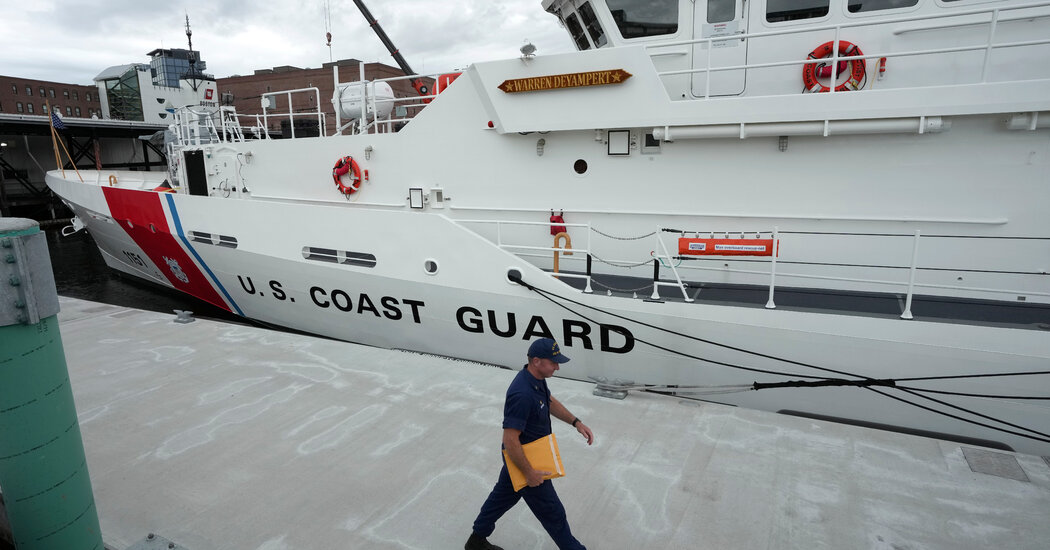Mountaineers have long climbed atop Mount Everest, and scientists in submersibles have descended into the Antarctic Ocean. In recent decades, travelers with deep pockets and little expertise have joined these explorers or even ventured further, paying to visit the bottom of the ocean or the edge of space, touching the literal bounds of Earth. But as the deaths of five people aboard the Titan submersible make evident, there are no clear safeguards in place when something goes wrong.
The tragedy this week spotlighted the issues around rescue operations and government oversight in this new world of extreme travel — who is responsible for search and rescue, and who pays for it? Is it even possible to purchase insurance against catastrophe? It also raises questions about when risk is too great and dangers too immense for rescue.
This all comes at a time when an increasing number of thrill seekers are undertaking risky — and riskier — adventures and expeditions.
“People want these experiences, and they’re going to continue to want them and be willing to pay exorbitant amounts of money for them,” said Anthony Berklich, a travel adviser and founder of the luxury travel service Inspired Citizen.
An adrenaline rush with a high price
Innovations in technology have opened up the possibilities of travel in recent years, and wealthy travelers are willing to spend more to go further, especially when it comes to space travel and underwater exploration.
“Some people like watches, other people like exploring, because that’s how they get their kicks,” said Roman Chiporukha, of Roman & Erica, a referral-based luxury lifestyle and travel firm based in New York City, and the SpaceVIP service, which connects clients to space tourism operators.
About one million tourists a year embark on some sort of underwater sightseeing expedition, according to Triton Submarines, a Florida-based company offering “superyacht submersibles.” (These large, ultraluxury and customizable underwater vessels reportedly cost between $2.5 million and $40 million to build and count the “Titanic” movie director, James Cameron, as an investor.)
The expeditions can range from short submarine tours, like a two-hour, $180 trip that dips 100 feet below the waves of the Hawaiian island of Maui to an overnight stay in Lovers Deep, a submarine hotel equipped with a chef and butler, which will take passengers through reefs of St. Lucia in the Caribbean for nearly $300,000 a night. The…
Click Here to Read the Full Original Article at NYT > Travel…
